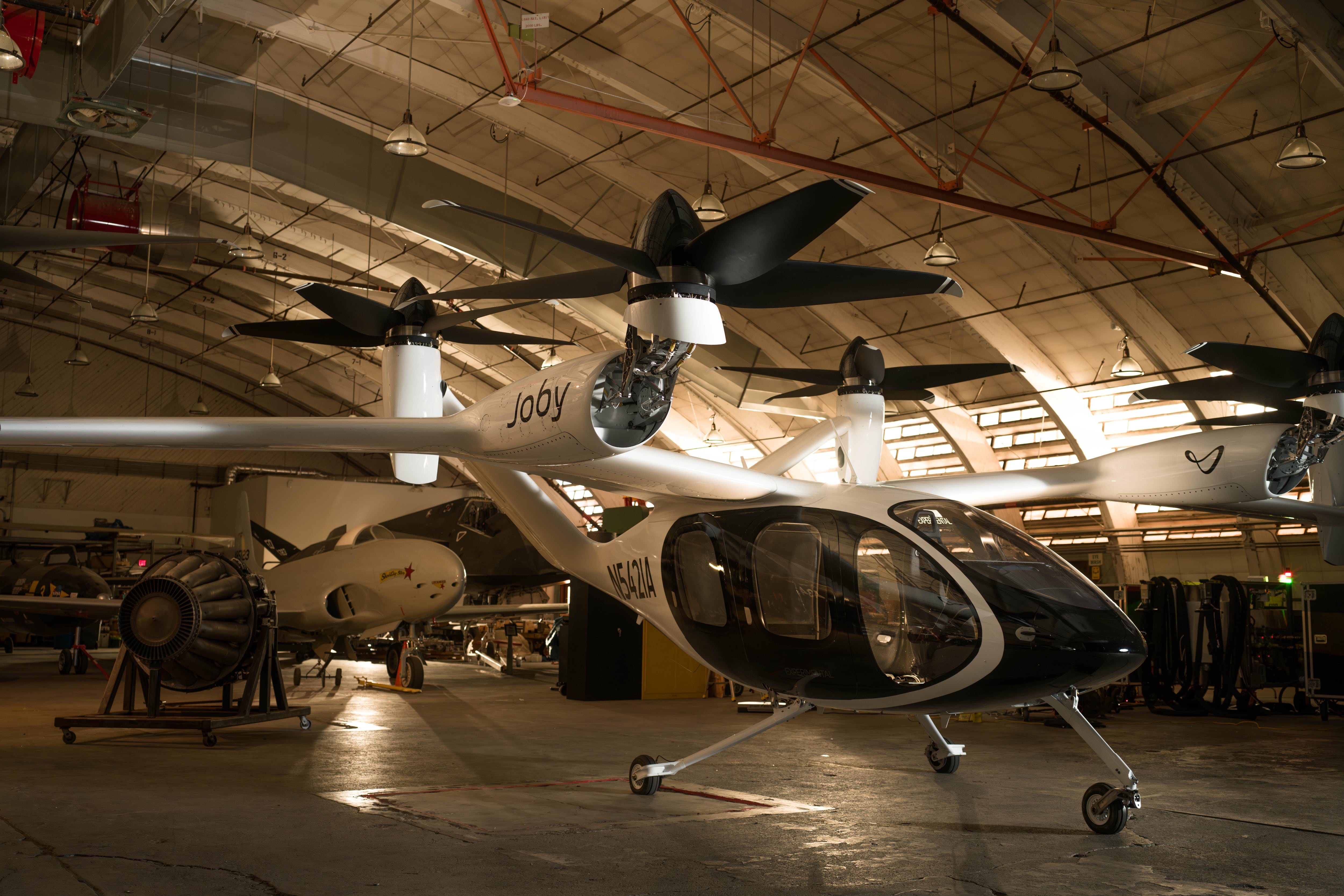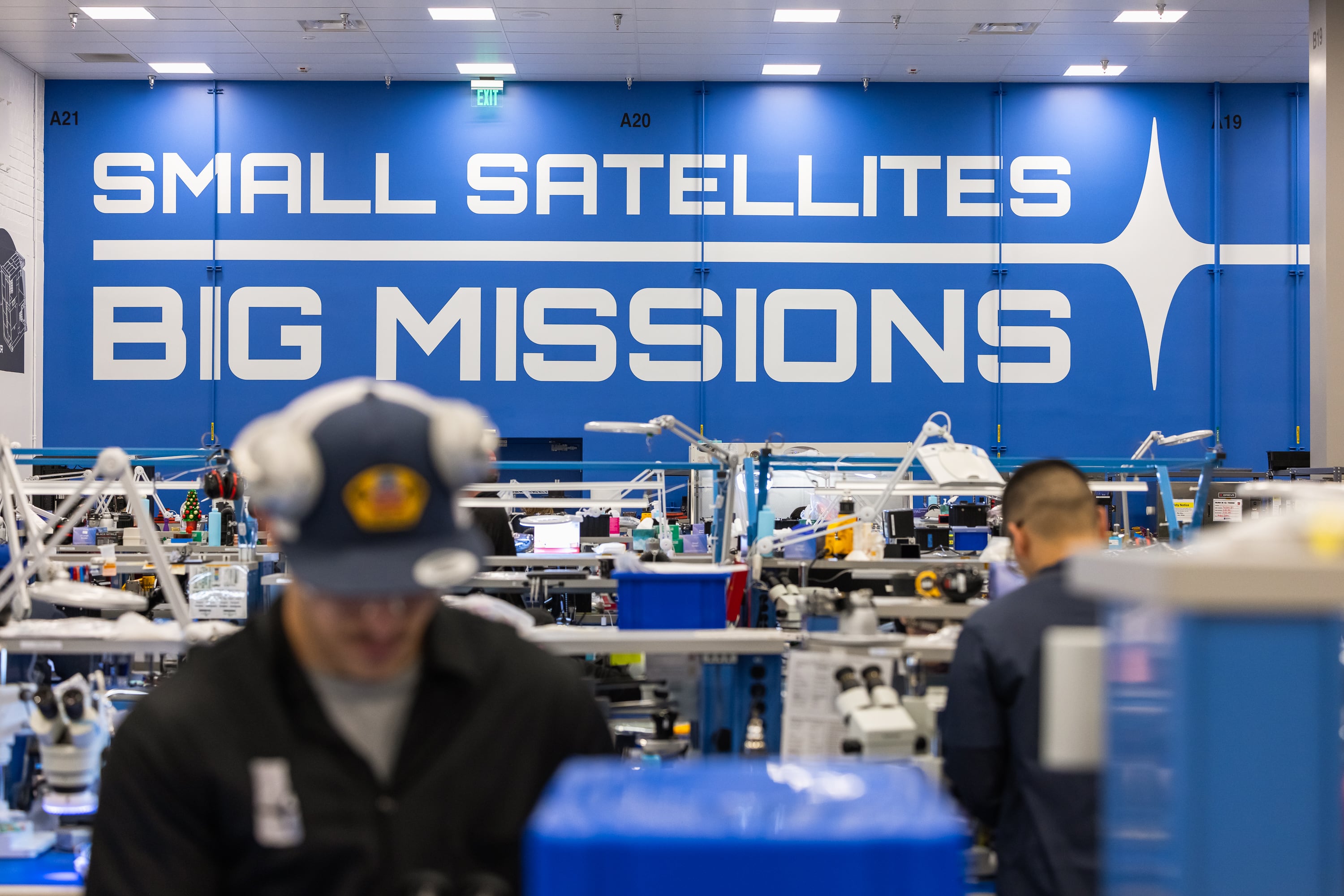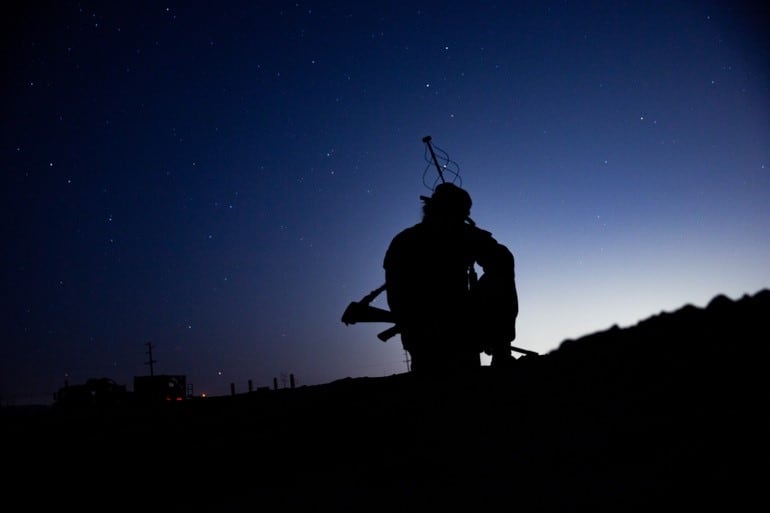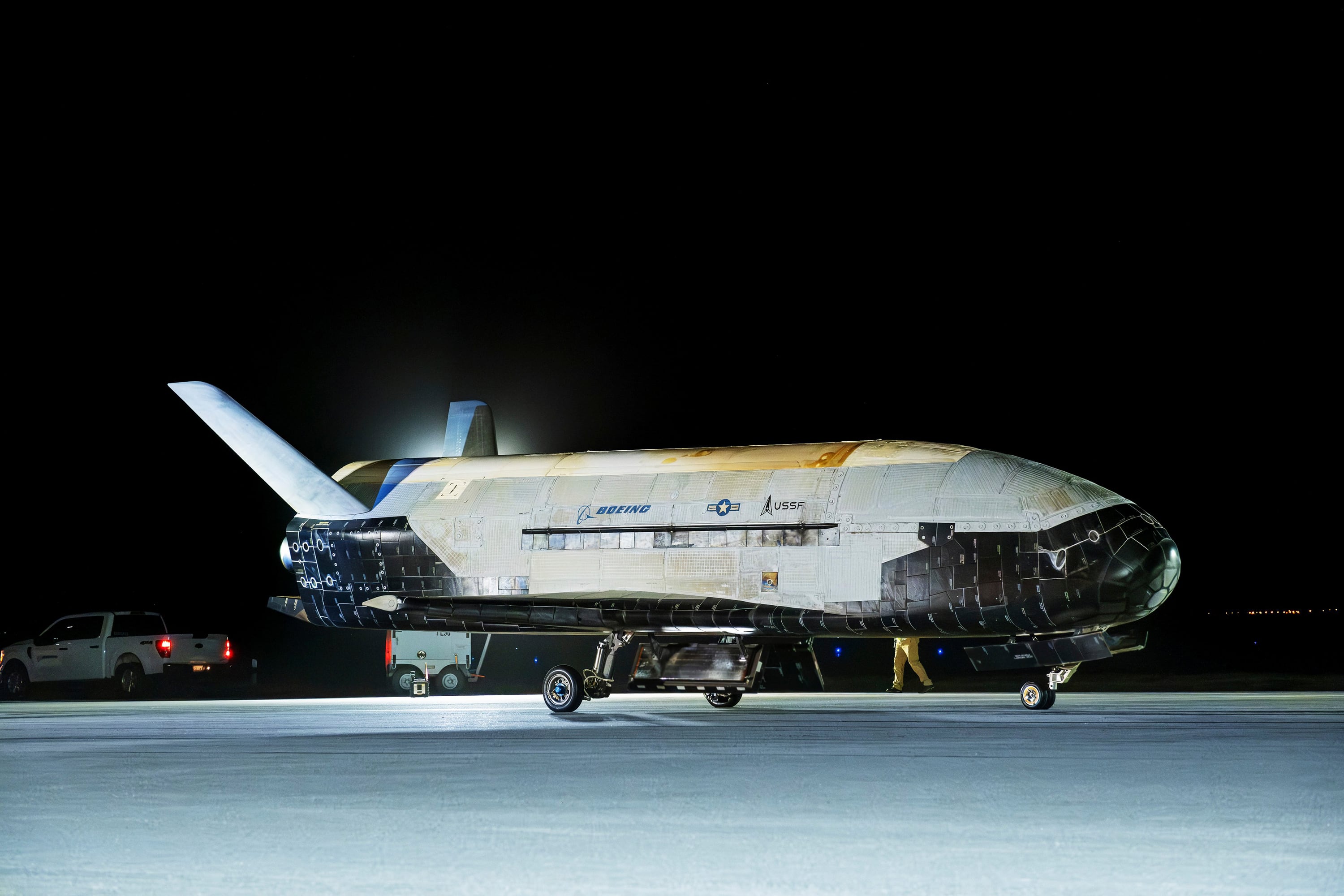Officials from the Army Program Executive Office Command Control Communications-Tactical provided members of industry at TechNet Augusta an overview of a few upcoming projects coming within the near term.
Jack Clawson, chief of network integration, described projects and enhancements coming within the 2017 and 2018 time frame:
- The Mobile User Objective System, or MUOS, capability will come online in the near future. The Navy recently launched the fifth satellite in the constellation, which is Navy-owned but jointly shared. For the Army, Clawson said this will provide beyond-line-of-sight voice and limited data capability. "So we know that the network is only as good as the conditions which it’s under, so you have distance limitations, you have terrain, you have EW [electronic warfare] effects, so as we start getting feedback … from other user entities, that’s where we start looking at: OK, where do we need to fill those gaps? And MUOS is one of those gaps to get us beyond-line-of-sight capability down through the dismount force," he said.
- Mid-tier Networking Vehicular Radio: "We’ll be fielding at the end of this year," Clawson said. "If you have a satellite-denied environment, how are you going to get that data up to reach the rest of the common operating picture? So the mid-tier radio, the maneuver radio, will provide … connectivity to bridge that gap where you were going satcom [satellite communications], now you can … connect back to the brigade TOCs [tactical operations centers] and get the common operating picture."
- Command post Wi-Fi: "So as you at home have your Wi-Fi connections, we’re doing the same thing. … That gets you faster TOC setup times for initial entry," Clawson said. "That will give you an expeditionary capability to enable your TOC faster."
- Enroute Mission Command Capability (EMC2): "That’s a capability for the commanders and staff en route to the objectives [to get] connectivity back to home station and forward. So as they’re reaching their endpoint, their destination, they can … up their planning operations while they’re en route, which is a capability that’s rolling out now," Clawson said.
- Over the Air Management: Clawson noted that his office has discovered that with the thousands of IP enabled radios, "if you had to reprogram, you had to touch every single" one. "It’s manual touch labor. So what we’ve been working on is over the air management. So the ability to change those configurations over the air instead of having to send convoys with key loaders and the other devices. … So OTM [on-the-move architecture] is a critical capability that will be in the '18 time frame."
- On Demand Information Network (ODIN): "What that provides is, similar to your smartphone when you go in and out of hotspots … that network pops up," Clawson said. "Same concept here applies. As the soldiers are running the battle space, they’ll see on their Nett Warrior handheld what networks are near them. So if they need to join those networks, three clicks, three minutes is kind of the tagline there, they have the ability to join those networks on the fly instead of waiting for a plan to be received either manually or" otherwise.
Lt. Col. Mark Henderson, product manager for Warfighter Information Network-Tactical Increment 1, also described projects or concepts he is looking to explore, enhance and modernize for the WIN-T network as a whole. "We look at it holistically — it's not about increment."
- Wireless: "These are things that I’m actually going through risk reductions on right now, as a matter of fact. So the future is closer than we all think," he said. "It reduces the amount of time that a commander needs to be able to communicate but get on the network so the amount of time to get up, start communicating and then when it’s time for him to jump he can actually stay communicating longer before he has to tear it down and go."
- Cutting down on solider load: "When we talk in terms of the amount of equipment that soldiers have to carry and we measure it in terms of pounds, for every additional pound of equipment that that soldier has to carry and that’s one less pound of food, ammunition, water and other things that that soldier is going to have to deal with," he said. "So things that we’re working on actively right now is, how do you employ technologies to create other transmissions layers so that soldiers can have tools that can cut down on the amount of weight that they’re going to have to carry? So we work very closely with … partners that are delivering other capabilities, whether they’re the end user devices, but we’re aggressively working to bring that capability forward as well."
Mark Pomerleau is a reporter for C4ISRNET, covering information warfare and cyberspace.








